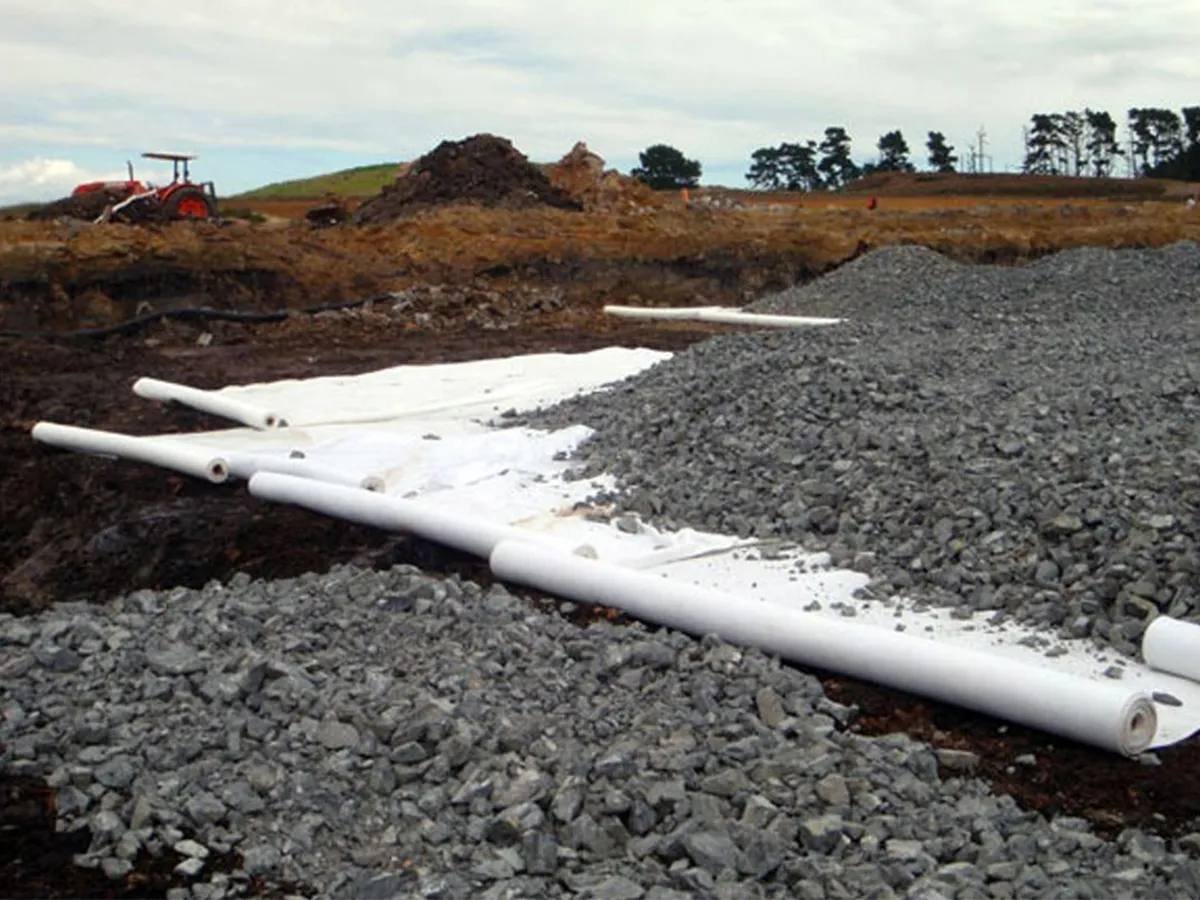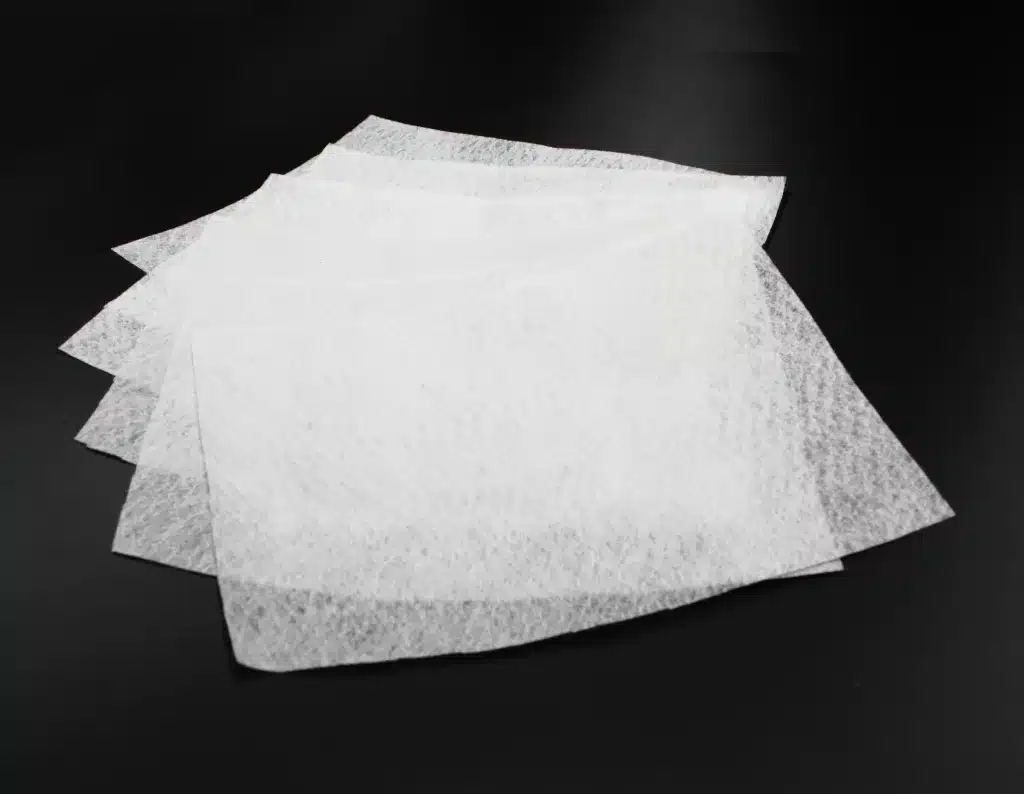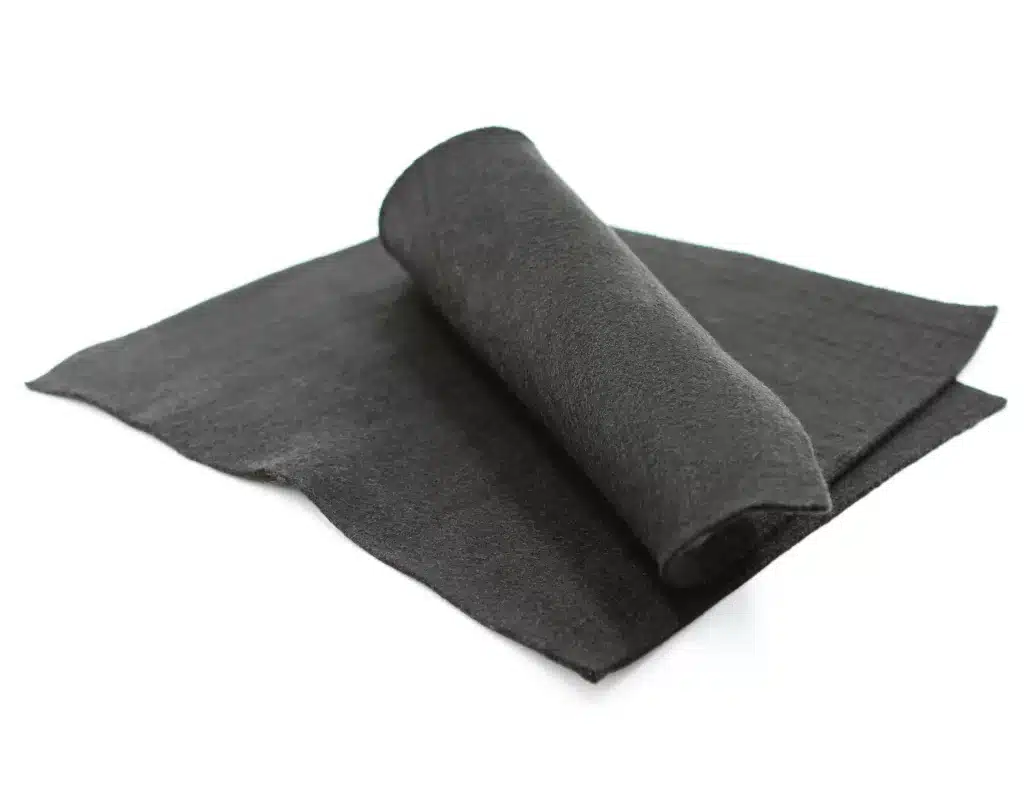+86-159 9860 6917
info@geofantex.com
geofantex@gmail.com
+86-400-8266163-44899
Driveways are a significant investment, and ensuring their longevity is crucial. One of the most effective ways to protect your driveway and increase its lifespan is by using geo fabric, also known as geotextile fabric. This engineered material is placed beneath the driveway surface, acting as a barrier to prevent soil erosion, weed growth, and gravel displacement. In this article, we’ll explore the benefits of geo fabric for driveways and guide you through the installation process, ensuring your driveway remains durable for years to come.
Why should I use geo fabric for my driveway?
Geo fabric acts as a stabilizing layer between the driveway base and the soil beneath it. Yes, if you want your driveway to last, this fabric is essential as it prevents the mixing of soil and aggregate layers, which can lead to uneven surfaces and the formation of ruts. Additionally, it helps control weed growth, maintain proper drainage, and prevent soil erosion — key factors in ensuring the longevity of your driveway.

What is geotextile fabric?
Geotextile fabric, a permeable material made from synthetic fibers like polyester or polypropylene, plays a crucial role in construction and landscaping. Its strength and durability make it an essential component, particularly in driveway installations. By providing separation between the soil and gravel or asphalt layers, geotextile fabric enhances stability and promotes water drainage, all while preventing soil compaction that could otherwise weaken the driveway structure.
How do you install geotextile fabric for a driveway?
Installing geotextile fabric for a driveway is a straightforward process:
- Prepare the driveway area: Excavate the driveway area to the desired depth, ensuring the ground is level.
- Lay the fabric: Roll out the geotextile fabric across the excavated area. Overlap the edges by at least 6 inches to prevent gaps.
- Secure the fabric: Use landscape staples or pins to secure the fabric in place, ensuring it doesn’t shift during the next steps. The geotextile also helps to prevent settlement, providing additional stability for the driveway.
- Add gravel or base material: Spread a layer of gravel or base material over the fabric, compacting it well to create a stable foundation.
- Finish the surface: Complete the driveway by adding the top layer, whether gravel, asphalt, or concrete.
By following these steps, you ensure that your driveway remains stable, resists erosion, and requires less maintenance over time.
Can water pass through geotextile fabric?
Yes, geotextile fabric is designed to be permeable, allowing water to pass through while filtering out fine particles like soil. To ensure its effectiveness, follow these steps for installation:
Step 1) Clear Your Area of any debris, Step 2) Level Your Surface to promote even water flow, Step 3) Roll Out Your Fabric over the prepared area. Step 4) Double Check Your Coverage to ensure no gaps or misaligned sections, Step 5) Secure Your Fabric with landscape staples or pins to keep it in place, and finally, Step 6) Add Your Fill Materials, such as gravel or base, to create a stable foundation.
Using geo fabric for your driveway is an excellent way to increase its durability and prevent common issues like soil erosion, weed growth, and gravel displacement. By installing geotextile fabric, you ensure proper drainage and long-term stability, making it a key component in extending the life of your driveway. Whether you have a gravel or asphalt driveway, incorporating geo fabric is a smart investment that will pay off in reduced maintenance and a more reliable surface for years to come.



Get Free Sample
We’ll respond as soon as possible(within 12 hours)






















